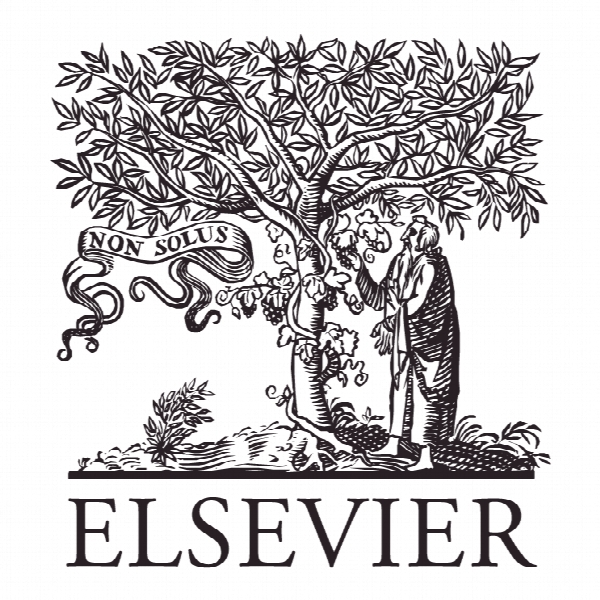فرآیندهای انتقادی مدیریت دانش: رویکردی به سوی ایجاد ارزش مشتری Critical processes of knowledge management: An approach toward the creation of customer value
- نوع فایل : کتاب
- زبان : انگلیسی
- ناشر : Elsevier
- چاپ و سال / کشور: 2017
توضیحات
رشته های مرتبط مدیریت و اقتصاد
گرایش های مرتبط بازاریابی و مدیریت کسب و کار MBA
مجله تحقیقات اروپایی در زمینه مدیریت و اقتصاد تجاری – European Research on Management and Business Economics
دانشگاه Department of Management and Marketing, University of Sevilla, Spain
نشریه نشریه الزویر
گرایش های مرتبط بازاریابی و مدیریت کسب و کار MBA
مجله تحقیقات اروپایی در زمینه مدیریت و اقتصاد تجاری – European Research on Management and Business Economics
دانشگاه Department of Management and Marketing, University of Sevilla, Spain
نشریه نشریه الزویر
Description
1. Introduction In recent years of high turbulence of the environment, firms and organizations in general must pay special attention to those strategies or management processes with a greater likelihood of ensuring their success and of helping them achieve sustainable competitive advantages over time. Customer focus and the value that organizations are able to offer him or her constitute key elements to achieve such sustainable advantages. Thus,the aimofthis study is to developamodelthat brings a better understanding on how a company can offer greater value to the customers, through its knowledge management (KM) processes. In particular, the research question this work aims to address is: given that customers are demanding each day a greater value, how can organizations create more value to customers from their KM processes and the combination of them? In this line, KM becomes a key management capacity in order to create customer value. The importance of this capacity roots on the consideration of knowledge as a key strategic resource (Grant, 1996; Van den Hooff & Huysman, 2009). Thus, if firms want to take advantage of the knowledge they possess, they have to know how knowledge is created, shared and used within the company (Ipe, 2003).


